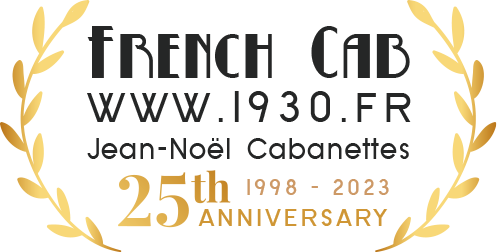Bouraine Leda and Swan
One on the most important Art Deco bronze.
Prestigious artist : Marcel Bouraine.
Prestigious material : Bronze, silver and marble.
Prestigious Editor : Goldscheider.
Prestigious thema : Leda and Swan.
Circa 1930. 8" x 3" x 5".
Marcel Bouraine was a significant art deco period French statuary artist. Mainly self-taught and working mostly in bronze, many of Bouraine's sculptures were of classical themes. The Leda and the swan motif comes from Greek mythology. Zeus takes on the form of a swan and visits Leda, the queen of Sparta, and gives birth to Helen, whose abduction brings about the Trojan War. Leda and the Sawn have been depicted many times from Antiquity through the Renaissance. Bouraine's Leda has a simplified realism and geometry that is a defining aspect of Art Deco style.
Marcel-Andre Bouraine (1886-1948) Born in Pontoise (France), he studied under Jean-Alexandre-Joseph Falguiere (1881-1900), who had reintroduced and emphasized realism in nineteenth-century sculpture. Bouraine was captured in Germany during the First World War, and interned in Switzerland. In 1922, he exhibited at the Salon des Tuileries. The following year he began to exhibit at the Salon d'Automne. He executed small-scale sculptures for several French firms, including Susse Freres, Le Verrier, and Arthur Goldscheider, often exhibiting with the latter's La Stele and L'Evolution groups. In 1928 Gabriell Argy-rousseau (1885- 1953) commissioned a number of figurines from Bouraine, mostly female nudes, but also a fountain and an illuminated group, all of which were executed in colored, translucent pate de verre. He executed two major commissions for the 1937 Paris International Exhibition









